Composite material can both suppress and enhance a body’s heat loss depending on which way round it is

A novel material could allow the creation of clothing that can keep you warm if worn one way round, but cool you down if it’s turned inside out.
In the US, heating and air conditioning account for 12% of total energy consumption. In the developing world, extreme heat and cold often prove fatal. Clothing provides a simple alternative for regulating body temperature, but traditional textiles’ properties are constant, whereas the weather can quickly change dramatically.
A warm body always emits infrared radiation. Depending on conditions, this accounts for between 40% and 60% of human heat loss. A material designed to cool the body should enhance this emission, whereas one designed to keep it warm should suppress it.
Researchers at Stanford University in the US have created a bilayer material comprising a micrometre-scale sheet of carbon, which emits radiation effectively, coupled with a copper layer, which is a very poor emitter. They covered each side of this bilayer with the breathable polymer nanoporous polyethylene, which is transparent to infrared radiation. The polymer above the copper is only half as thick as that covering the carbon. When the metallic side faces a warm surface such as skin, therefore, the heat readily travels through the thin polymer to the bilayer by conduction, passes through the metal to the carbon and is emitted to the surroundings. If the material is turned around, however, the thicker polymer hinders conduction, and the heat that does reach the bilayer is emitted much less readily by the metal surface.

The researchers studied the temperature of a synthetic skin sample when it was left bare, covered with a sweatshirt and covered with their material. In the warm mode, their material kept the skin warmer than the sweatshirt; in the cool mode, it let the skin cool almost as well as bare skin. ‘The next step is for us to make this concept into a fibre structure so that these fibres can be woven together to make a textile that people will feel comfortable to wear,’ says principal investigator Yi Cui.
‘It’s a nice conceptual idea,’ says Svetlana Boriskina of the Massachusetts Institute of Technology, US, who explains that the group has previously unveiled separate materials designed for heating and cooling. ‘I don’t think this nanoPE material is quite as comfortable as traditional textiles,’ she says, ‘but that can probably be improved in the future. What’s important is the demonstration that it’s possible to put these two functionalities together.’
References
P-C Hsu et al, Sci. Adv., 2017, DOI: 10.1126/sciadv.1700895





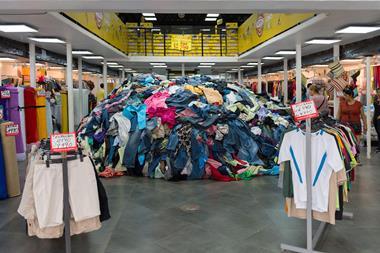

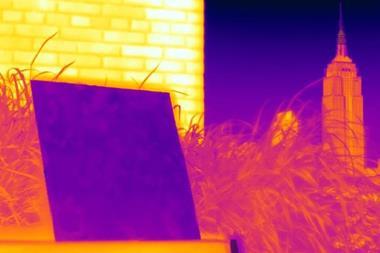
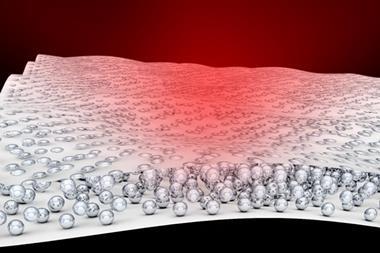
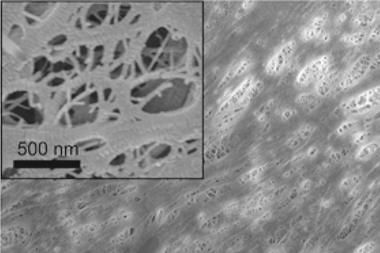
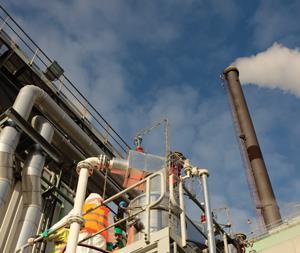






No comments yet